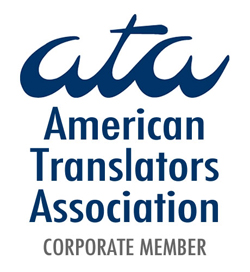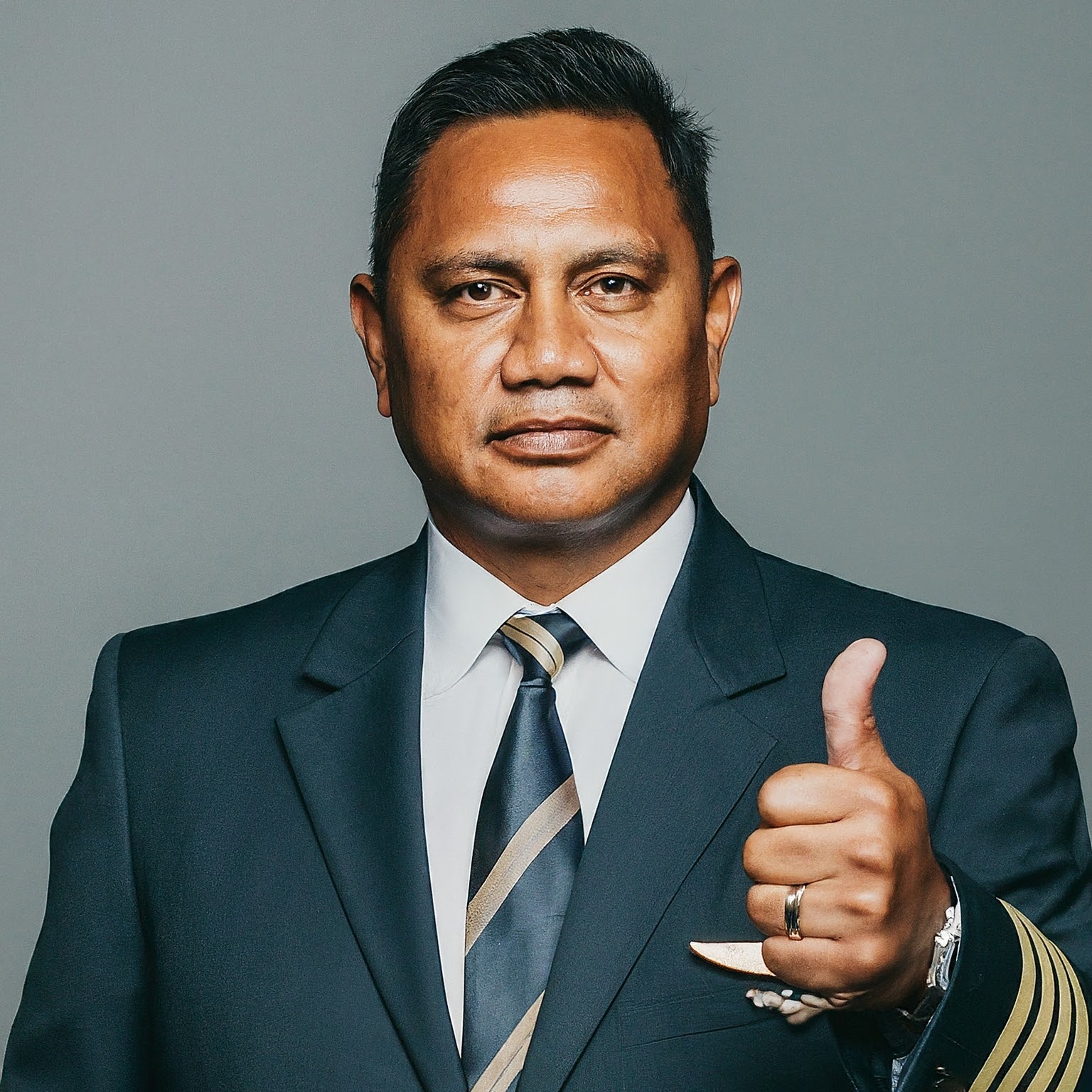
We also accept payments via Paypal
Huri Translations
Tel. +689 89 205 483
info@huri-translations.pf
PO BOX 365 Maharepa
98728 Mo'orea
French Polynesia
N°TAHITI 876649
Subscribe to our newsletter


Imagine a future where pilots are assisted by AI co-pilots that can process and translate communications in real-time, eliminating language barriers and ensuring crystal-clear understanding between cockpit and control tower. Air traffic controllers could be supported by NLP systems that transcribe, analyze, and flag potential miscommunications instantly. Airport operations might be streamlined by multilingual AI that manages everything from passenger inquiries to safety briefings in dozens of languages simultaneously.
These scenarios are not far-fetched science fiction but represent the direction in which the industry is heading. Already, we're seeing the implementation of machine learning algorithms to improve efficiency in various aspects of aviation communication. The next step is the development of more advanced NLP systems that can work alongside humans in critical communication roles.
One of the most promising applications of NLP in aviation safety is in pilot training. Researchers are developing AI-powered training agents that can generate realistic aviation instructions based on specific scenarios. These systems can create personalized training experiences, helping pilots practice communication in various situations without the need for expensive simulator setups or human role-players.
In the cockpit, NLP technologies could assist in recovering from sudden events that may induce a "startle response." These AI systems could guide pilots through emergency procedures using clear, concise language, adapting to the pilot's stress levels and ensuring critical information is understood and acted upon.
For air traffic control, NLP has the potential to ease controller workload by handling routine communications and providing real-time transcription and analysis of all radio transmissions. This could help identify potential miscommunications or deviations from standard phraseology before they lead to dangerous situations.
However, as we integrate these NLP systems into aviation operations, we must carefully consider their impact on safety culture. The very notion that "people create safety" through effective communication could be challenged if AI systems are perceived as the primary guardians of clear understanding. This shift could potentially lead to complacency among human operators or a diminished sense of personal responsibility for precise communication.
Moreover, the introduction of AI-powered language technologies raises new questions about accountability and just culture. In a scenario where an NLP system provides an incorrect translation or fails to flag a critical miscommunication, how do we assign responsibility? These situations could complicate the industry's well-established just culture principles.
To address these challenges, aviation organizations will need to develop new frameworks for human-AI collaboration in communication that maintain the human's central role in safety while leveraging the strengths of NLP. This might involve:
1. Clearly defining the roles of human operators and NLP systems in communication processes.
2. Developing training programs that teach pilots and controllers how to effectively work with AI language assistants.
3. Updating safety management systems to account for NLP integration in communication protocols.
4. Adapting just culture policies to address scenarios involving AI-assisted communication.
5. Ensuring that NLP systems are designed with transparency, allowing human operators to understand and question AI translations or analyses when necessary.
The potential benefits of NLP in aviation safety are immense. AI could serve as a tireless communication assistant, catching potential misunderstandings that humans might miss. It could provide instant access to vast amounts of safety information in multiple languages, acting as a "safety encyclopedia" for flight crews. NLP systems could also enhance safety reporting by capturing detailed communication data and helping to identify trends in phraseology usage or comprehension issues.
However, realizing these benefits while maintaining a strong safety culture will require a delicate balance. Aviation organizations must strive to implement NLP in a way that augments human communication capabilities rather than replacing them. The goal should be to create a symbiotic relationship between humans and AI, where each complements the other's linguistic strengths.
As we navigate this new frontier, it's essential that all stakeholders in the aviation industry work together to develop standards and best practices for the integration of NLP in safety-critical communication systems. This collaboration should extend beyond aviation, drawing insights from other industries that rely on precise, multilingual communication in high-stakes environments.
The future of aviation safety in the age of NLP is bright, but it requires careful consideration and planning. By thoughtfully integrating language AI into our safety systems and culture, we can create a safer, more efficient aviation ecosystem that breaks down language barriers and continues to push the boundaries of what's possible in air travel.
As we embark on this journey, the aviation industry will need partners who understand the complexities of both language technology and human factors in communication. Experts in linguistics, translation, and cross-cultural understanding will be crucial in ensuring that the integration of NLP into aviation safety is smooth, effective, and truly global in its approach.

As we soar into a new era of aviation, the integration of artificial intelligence (AI), particularly in natural language processing (NLP) and translation technologies, is set to revolutionize how we approach safety in the skies. From cockpits to control towers, language AI is poised to become an indispensable co-pilot in ensuring clear communication and enhancing the well-being of passengers and crew alike. But as we embrace these linguistic advancements, it's crucial to consider how they might impact the industry's long-standing safety culture.
"develop new frameworks for human-AI collaboration"
The aviation industry has long prided itself on its robust safety record, built on a foundation of rigorous procedures, advanced technology, and most importantly, a strong safety culture. Clear communication is at the heart of this culture, with standardized phraseology playing a crucial role in preventing misunderstandings that could lead to incidents. However, the introduction of AI-powered language technologies presents both exciting opportunities and potential challenges to this established paradigm.
How NLP & AI can Transform the Skies
